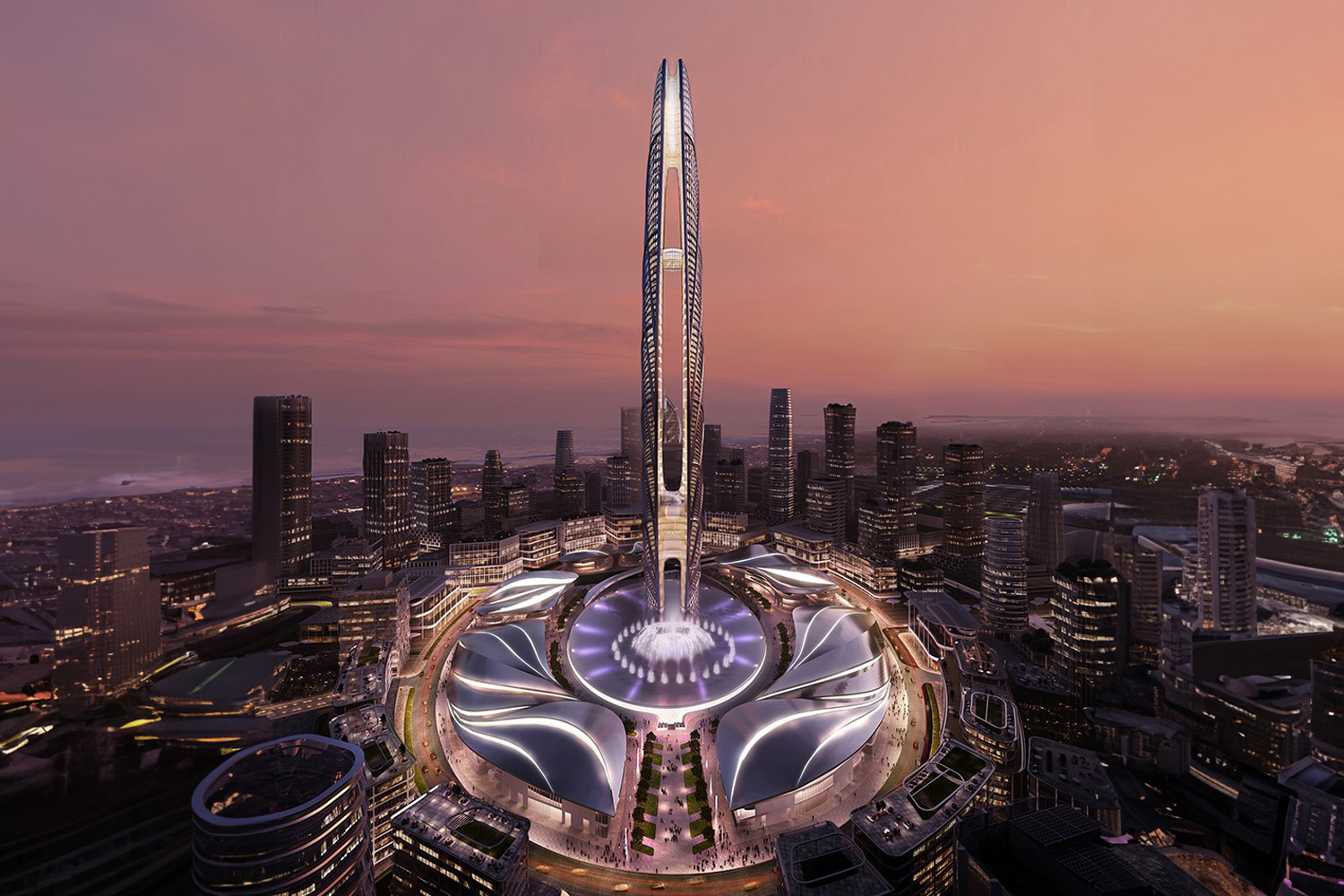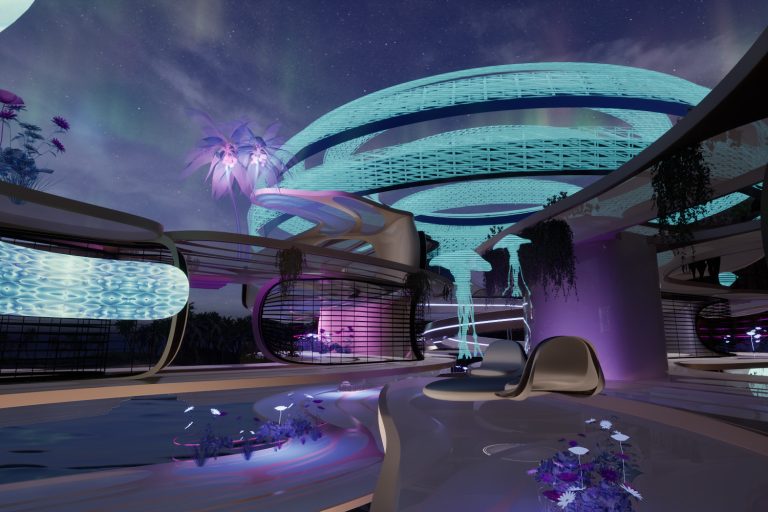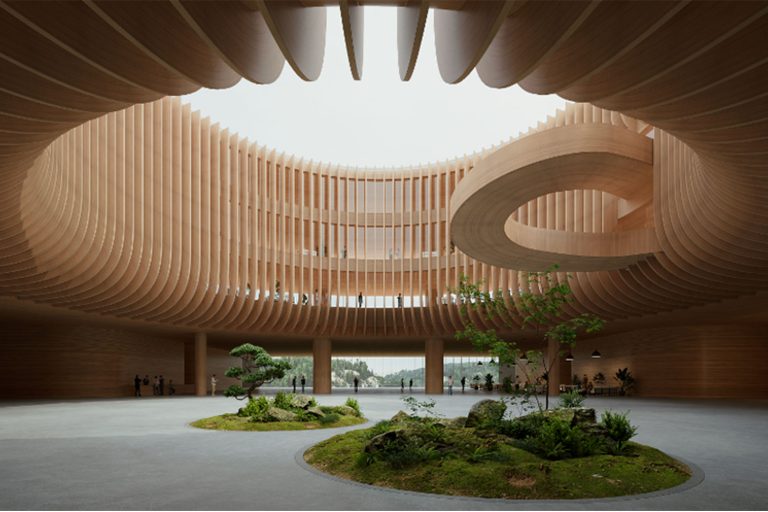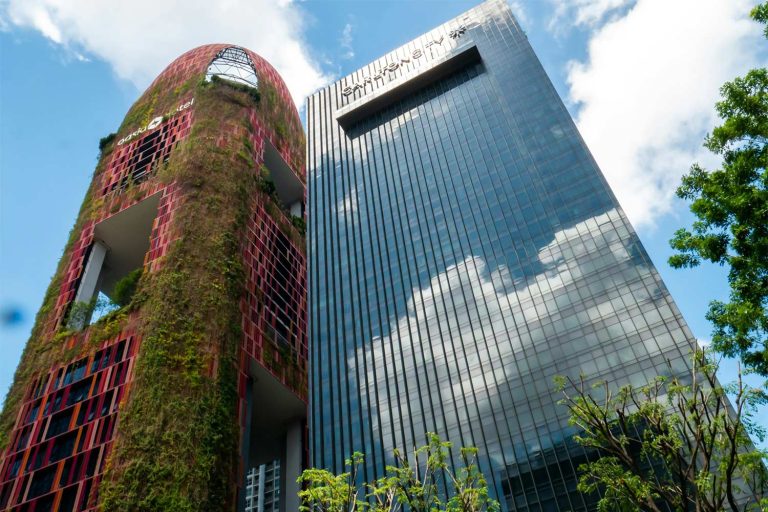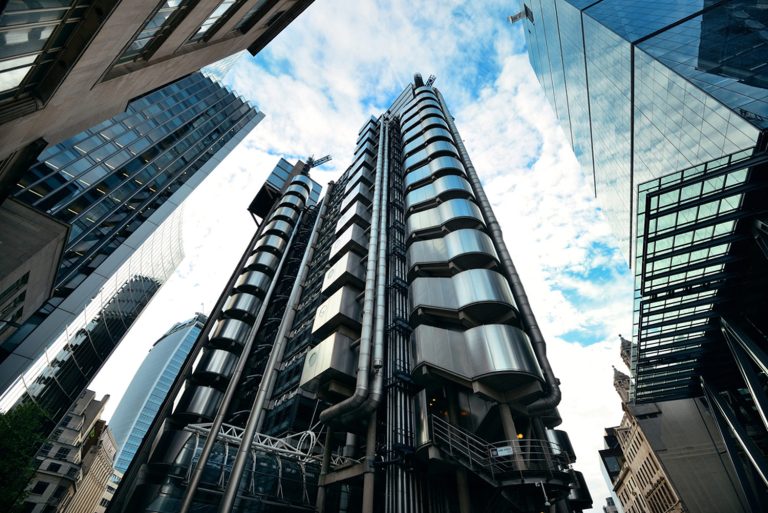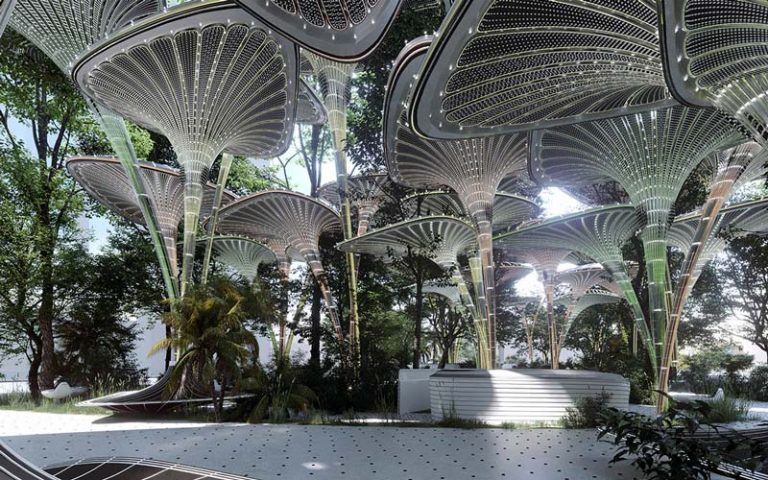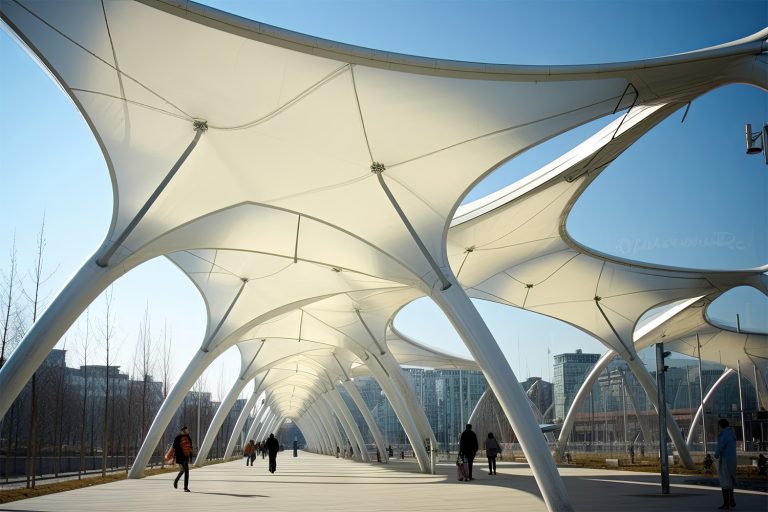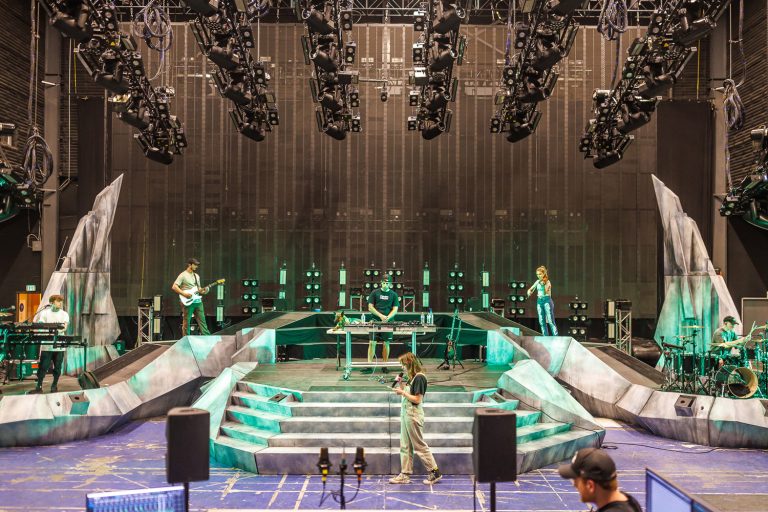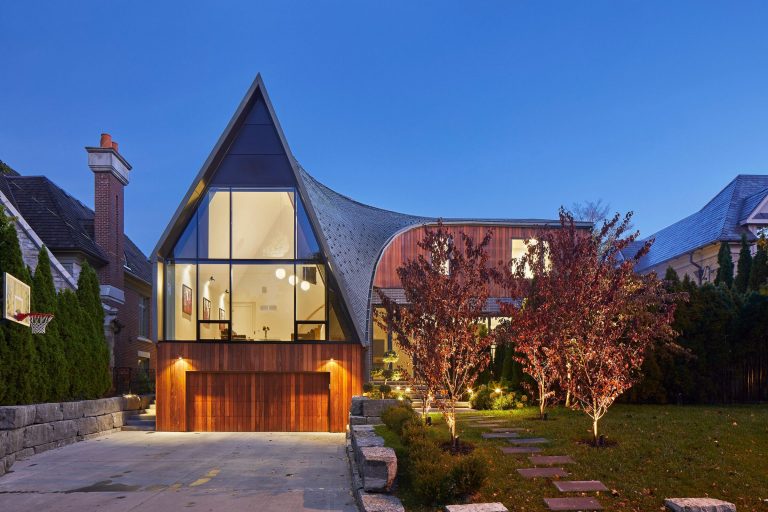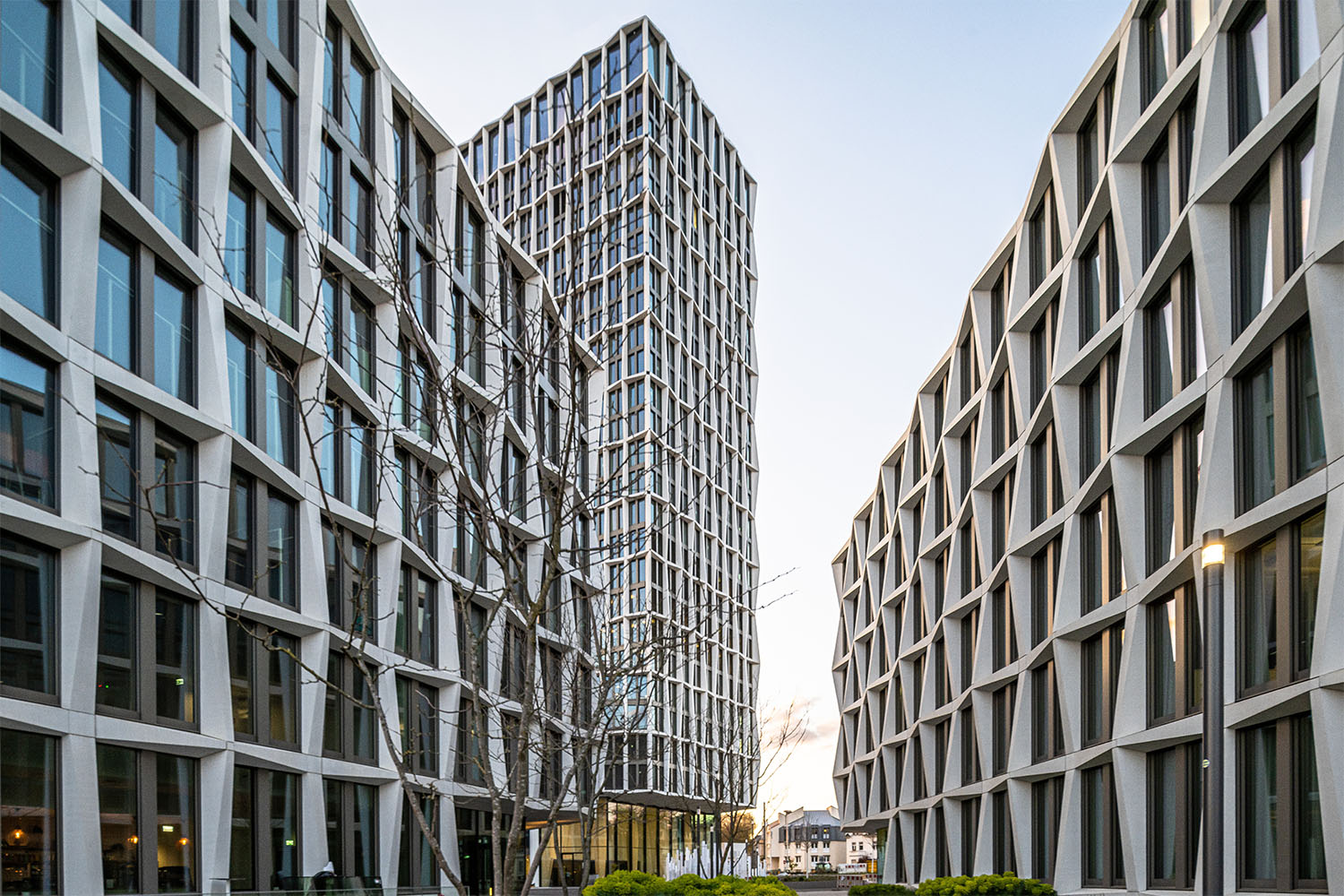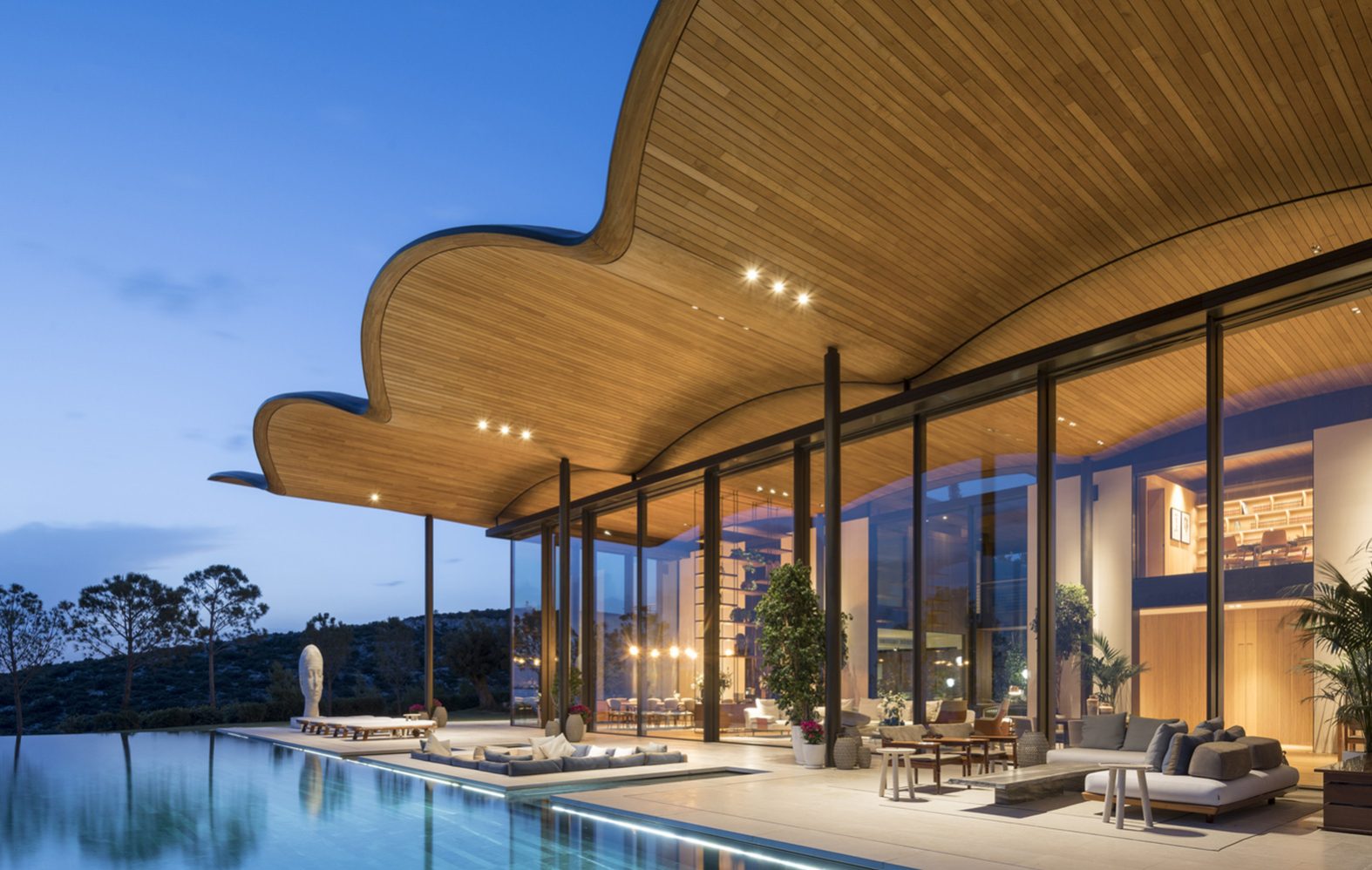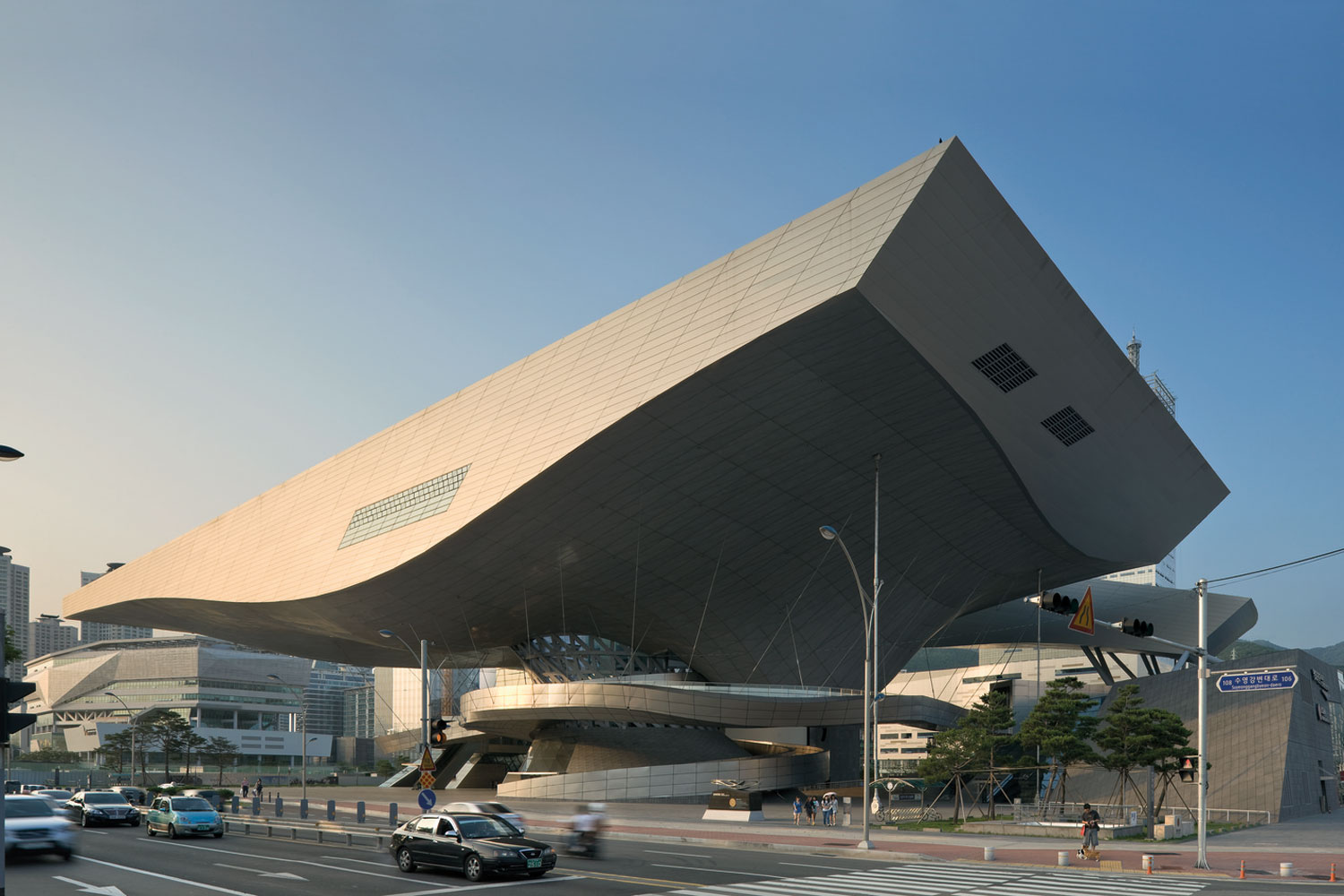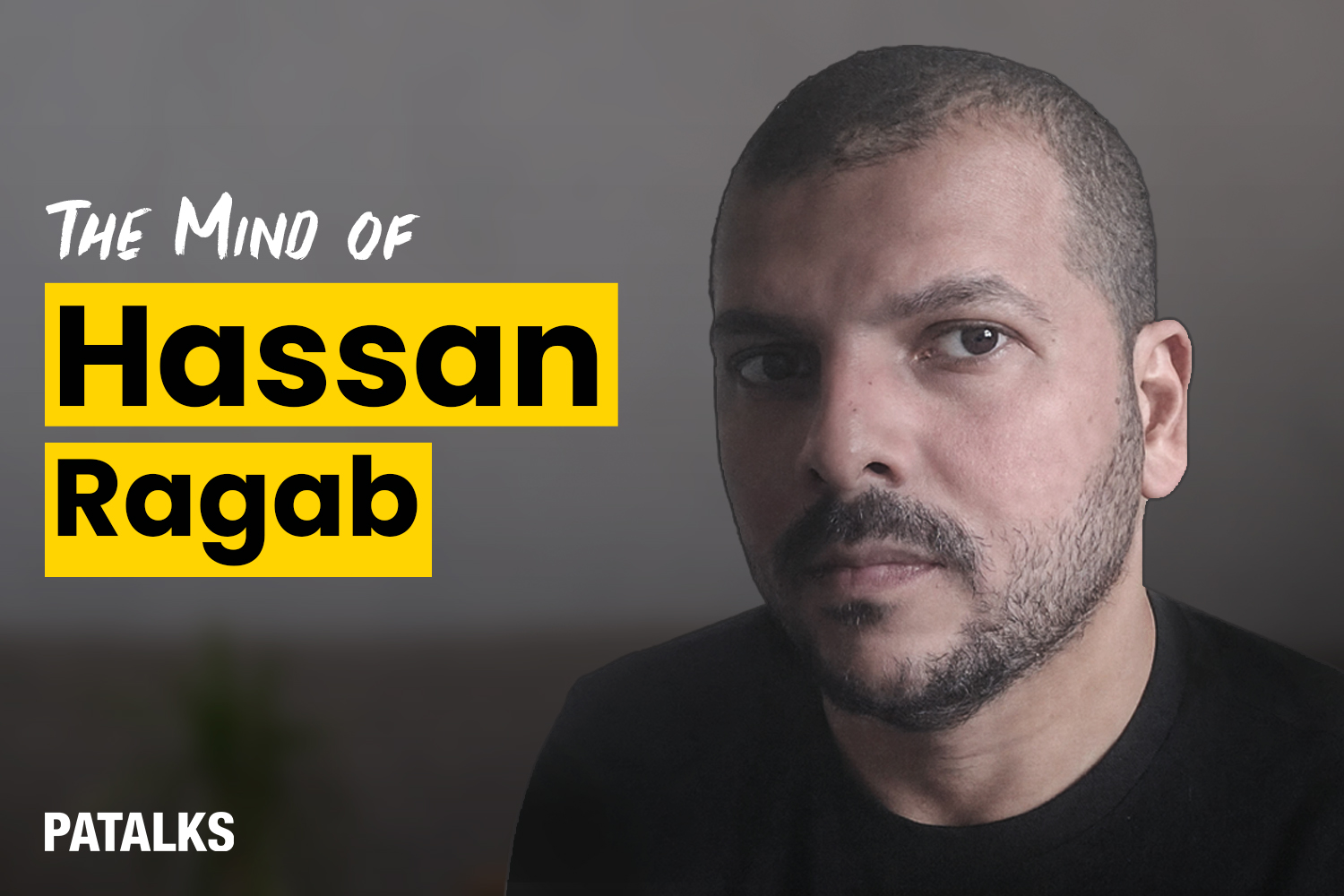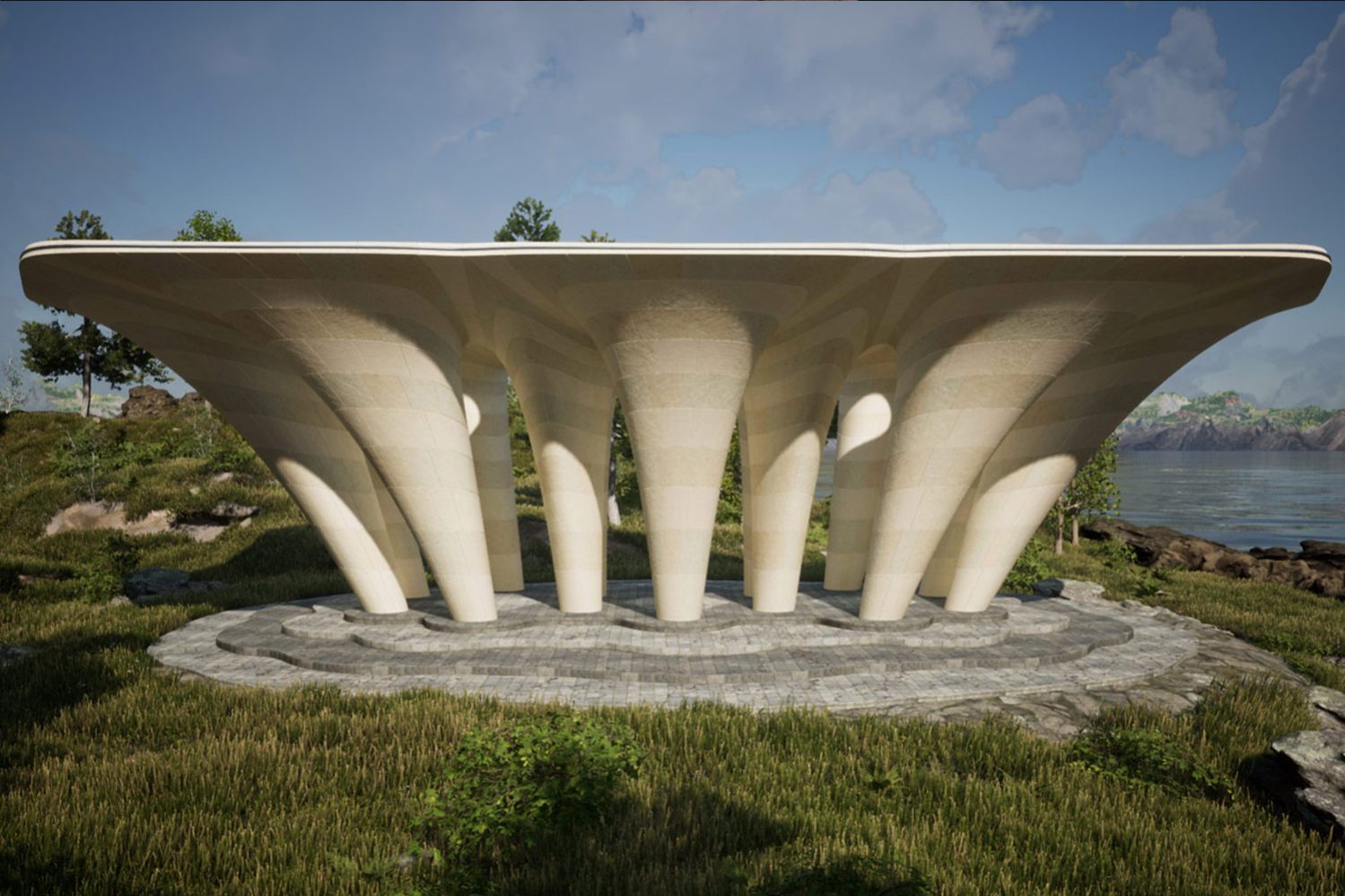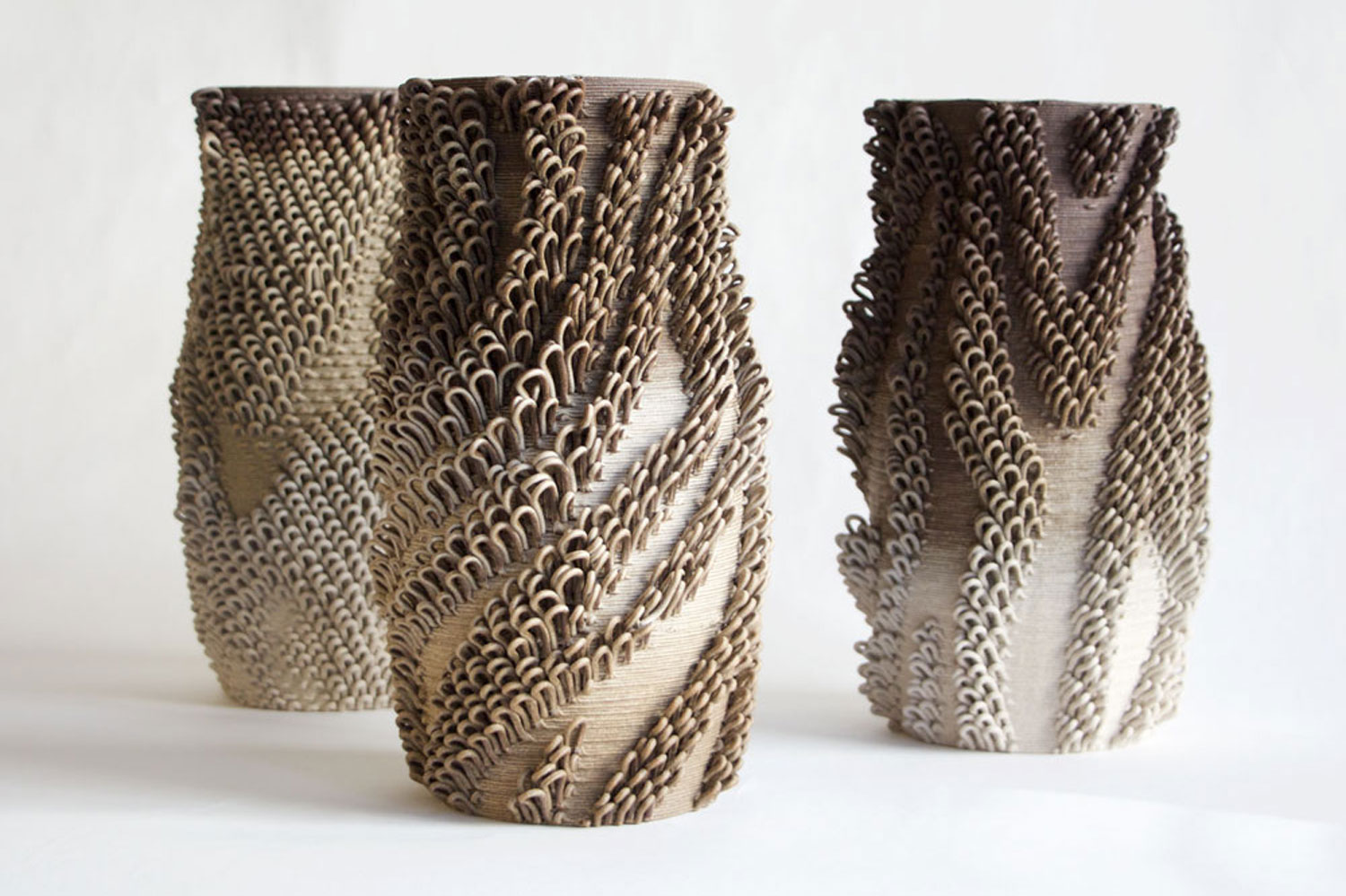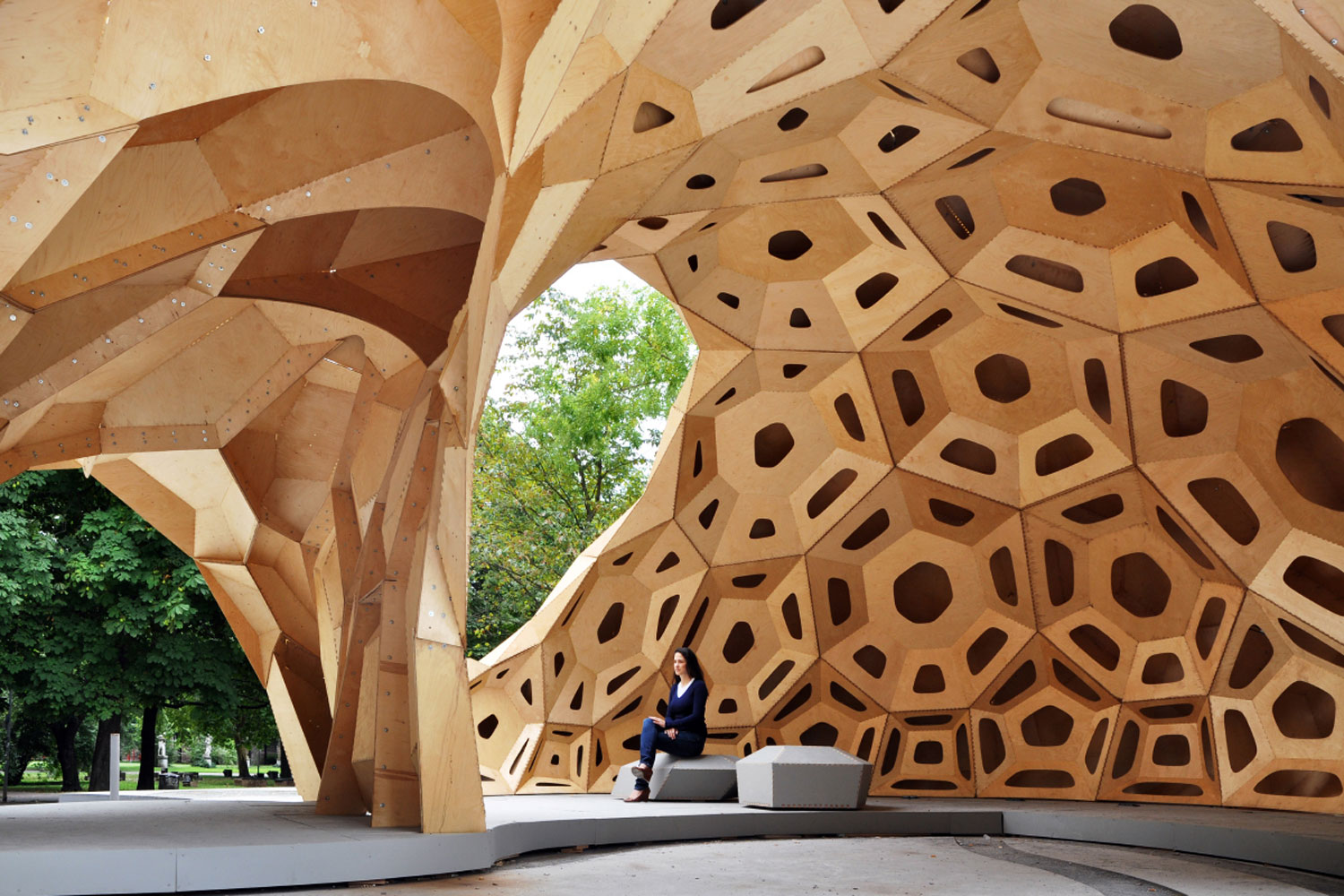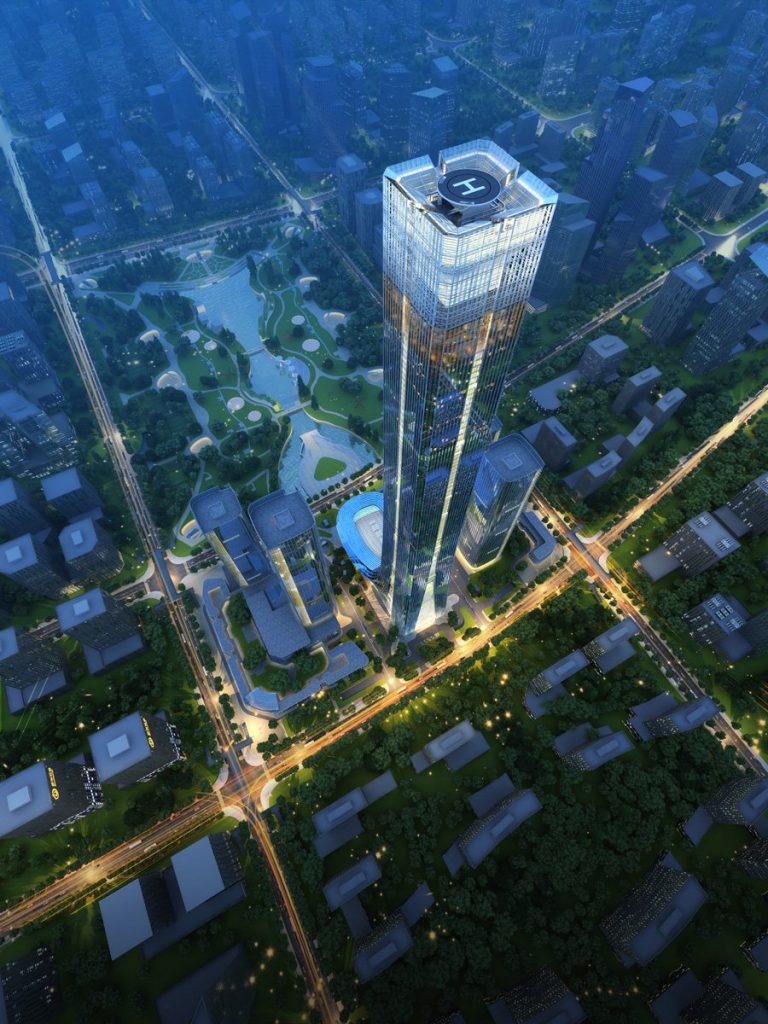
Building large projects has always been one of the ways for people to show power and development. In the past, they were palaces or large religious buildings such as St. Peter’s Basilica in Vatican City or Duomo di Milano. Today, they are leaving their places to high-tech, high-rise buildings. Developing technology in building systems enabled the range of possibilities of various design approaches for high-rise structures. It would not be wrong to say that developed and developing countries are building tall landmarks one after another.
The last two decades have shown the construction of tall structures is possible. Completed high-rise buildings and the continuation of designs show the trend will continue as the world develops. Currently, Burj Khalifa is the tallest building, with a height of 828 meters. However, various proposed projects are awaiting their realization with closer peaks such as Burj Khalifa, or even taller.
Here are the 10 of the tallest proposed buildings around the world:
1. Burj Mubarak Al Kabir
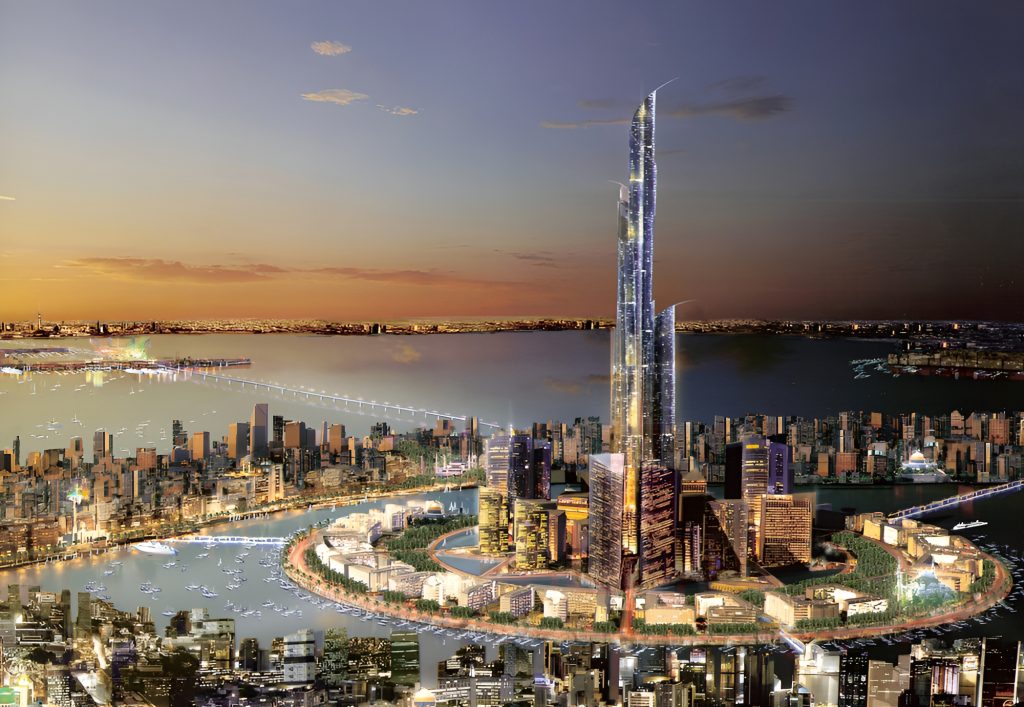
Location: Kuwait City, Kuwait
Height: 1,001m
Function: Residential / Hotel / Office
Design: CivicArts / Eric R. Kuhne and Associates
In 2006, The Silk City project was launched as an initiative created by the Tamdeen Group in collaboration with Ajiyal Real Estate & Entertainment Co. Later it got approval from the Kuwait Municipal Council, Planning Authority, and the State’s Cabinet. It is one of the largest urban development projects in the world. The Silk City contains four different sections with a city center for each: Finance City, Leisure City, Ecological City, and Residential City. By building a new community, the city project aims to provide around 43,000 jobs for the locals and has the potential for 7,00,000 people accommodation.
The Burj Mubarak Al Kabir Tower in the Silk City is planned to take over the record from the Burj Khalifa. According to the report published in 2011 at Business Insider, the project’s cost was estimated at $132 Billion. It will be one of the region’s most radical and expensive construction projects. The one-kilometer-tall tower will protect itself from the wind by three twisting, interlocking structures.
The building will host various facilities, including offices, apartments, observation decks, a hotel, retail outlets, and restaurants. Traditional Islamic minarets inspired the design of the tower. Increasing numbers of tall structures in the Middle East serve as symbols for the region by showcasing progress, technological and engineering capabilities.
2. Lakhta Canter II

Location: St. Petersburg, Russia
Height: 703m
Function: Office
Design: Kettle Collective
The Lakhta Center II tower with a height of 703m aims to be the second tallest building in the world. The Burj Khalifa has a top floor height of 585m, and the Lakhta Center II will take over this record with 590m in use. The proposed building will be constructed next to the existing Lakhta Centre (462m) in St Petersburg, the largest in Europe.
The design got inspired a lot by sustainable strategies and energy. According to the lead architect of the Kettle Collective, Tony Kettle, “The tower is born out of a daring idea that has been inspired by the energy in all of its forms, from helical waves generated around deep space quasars to the spirals of wave energy….” With sustainability in mind, the structure’s outer layer is covered with spiral columns that shape an open organic helical diagrid. Spiral atriums were created to compose a vertical urban environment for each section. Each section includes amenities for the users, as in low-rise developments with easy access.
Lakhta Center II will include features such as lodging and leisure areas to satisfy the needs of a business center to live, work, and play. One of the aims is to be the sample for future office projects. The tower will be an attractive landmark when/if it is built.
3. Shenzen Tower
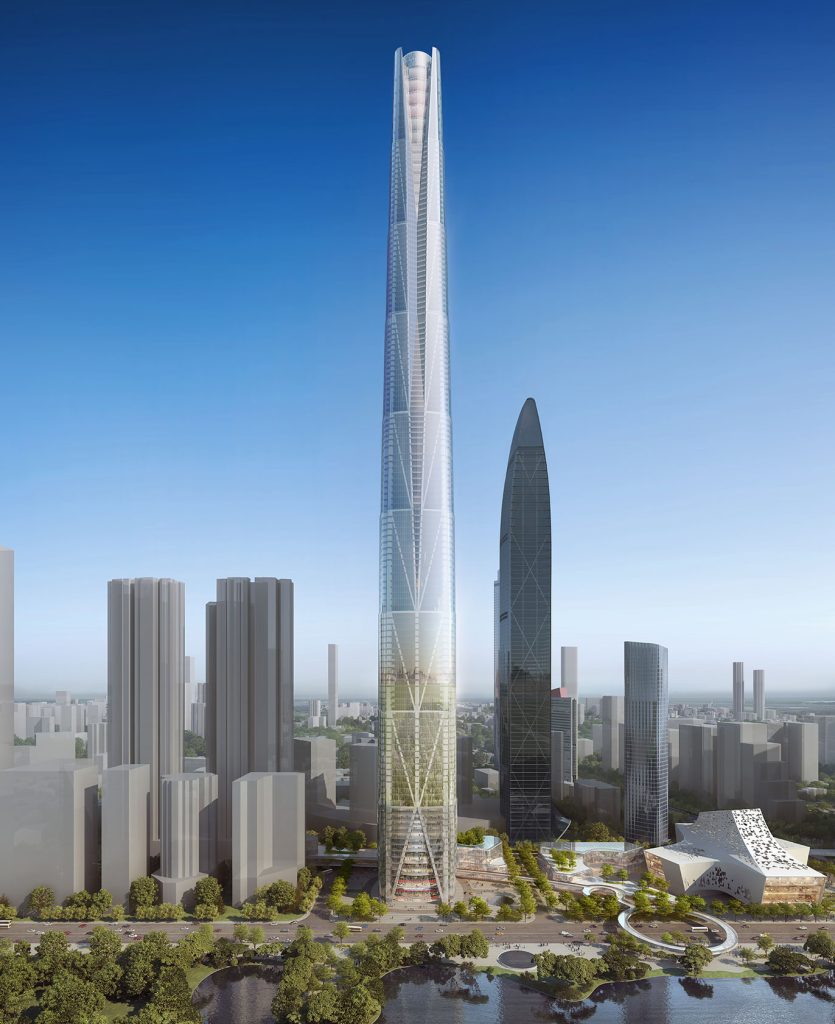
Location: Shenzhen, China
Height: 642m
Function: Residential / Hotel / Office
Design: bKL Architecture
Designed by bKL Architecture, the Shenzhen Tower proposal is China‘s tallest skyscraper and plaza. The tower aims to mark the gateway to the eastern developing section of the region. The design creates continuity from ground to top by connecting the surrounding people and nature.
The plaza includes commercial, civic, office, hotel, and residential programs. The mixed-use tower will have multiple sky gardens, and the plaza at its base will comprise retail and public spaces. These programs provide an opportunity to become a cultural center for the developing region. Its architects describe the building as elegant, bold, and strong. The building program led to the design of the form. As the building rises, the facade steps back, enabling rainwater capture. The anticipated rainwater capture will replace the building’s annual estimated water usage.
4. Hyundai Global Business Center

Location: Seoul, South Korea
Height: 569m
Function: Hotel / Office
Design: Kim Jong-sung
The Hyundai Global Business Center is planned to be 569m tall and aims to be the tallest building in Korea by taking over the record 555m Lotte World Tower. Led by Hyundai Motor Group, one of the nation’s largest companies, a section of the Tower will serve as the Group’s headquarters.
The project is worth multi-billion dollars, and the competition chose the architect for the project. At the end of the completion, the GBC aims to provide job opportunities for almost 10,000 employees. The tower will also include business offices, a convention center, a hotel, and a shopping area. The main part comprises 105 floors and will host the Global Business Center. The 104th and 105th floors will include observation desks for the public to experience the city view. Buildings such as hotels, business offices, exhibitions, convention centers, and sale facilities are also designed to build along with the tower.
5. Nexus Tower
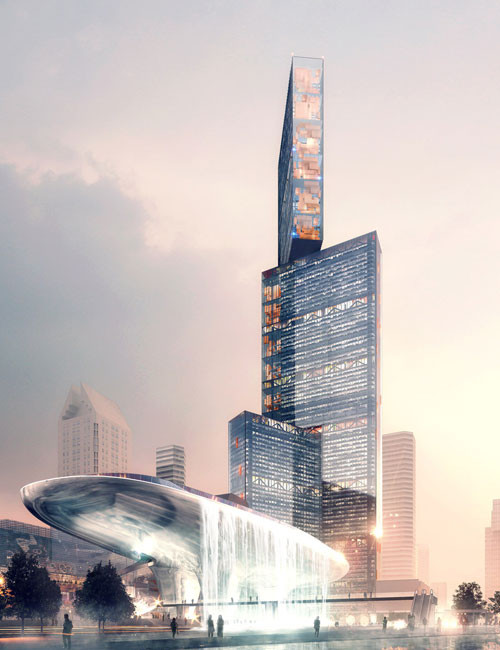
Location: Shenzhen, China
Height: 595m
Function: Hotel / Office / Retail
Design: PLP Architecture
In 2016, PLP Architecture revealed the master plan for a large complex in the Pearl River Delta. The project includes four buildings: the Nexus Building, an office and hotel tower; the Platform for Contemporary Arts – a performing arts complex; the LZ Park Tower, an office tower; and the Concourse, a large-scale retail and leisure facility.
The Nexus tower comprises three sections at different heights. In total the building is 595 meters tall. The lower part consists of 44 floors facing the near park, the middle part of the 83-floors responds to the urban context, and the top part of the 124-floors is oriented toward the city and mountains.
According to the project’s architects, bar or slab arrangements are the best design solutions for the working environment because they allow maximum natural lighting and ventilation. However, a tower design with a slab approach would create weak wind bearings. The team has overcome this issue by rotating three parts of the building on a stable tripod-like structure. The three interlocked parts connect with a central core and usable areas around. The building program of the tower mostly consists of office areas but also includes a retail podium at its base and a 14-story hotel at the top.
6. New Tradewinds Square Tower
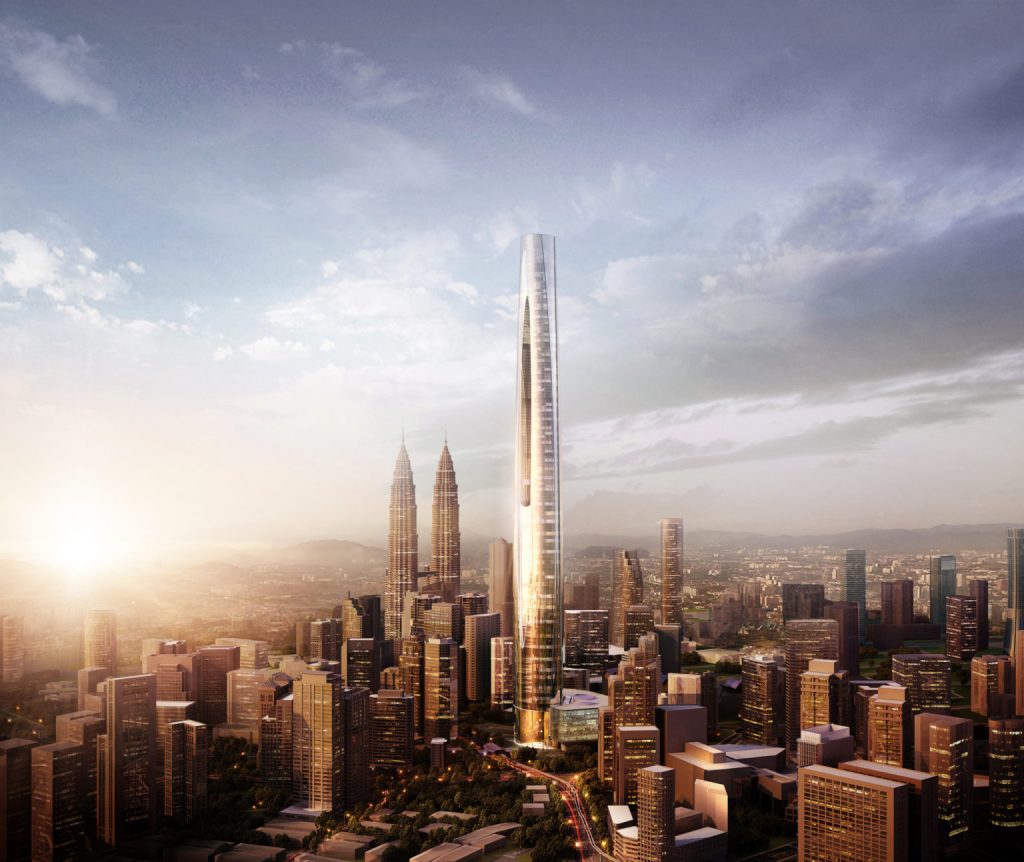
Location: Kuala Lumpur, Malaysia
Height: 775m
Function: Hotel / Office / Retail
Design: Woods Bagot
The Tradewinds Square Tower aims to be one of the tallest structures in the world and will claim the title of the tallest building in Kuala Lumpur by surpassing Petronas Towers. The design idea for Kuala Lumpur’s New Tradewinds Square resulted from a multifaceted strategy that matched the Islamic geometric patterning and the organics of biomimicry with the demands of functional architecture and integrated structural engineering.
Being a huge landmark in the city, the tower will also contain various functions that can serve the public. With the building program and integration into the landscape, the project’s architects describe the situation as a design solution that combines a unique hybrid of form and function. The building program includes lower-level retail amenities, offices, residential units, hotel units, museums, and entertainment areas.
The form of the building starts in ellipse form on the ground and turns into a perfect circle on the top. Above the office units, a mass from the center has been removed. That move increases the exterior of the residential units. With an elliptical shape and a hollow in the middle project architects express the project as an elegant and iconic image in Kuala Lumpur’s skyline. However, some critics say the building’s form looks like a huge sewing needle through the sky.
7. Affirmation Tower
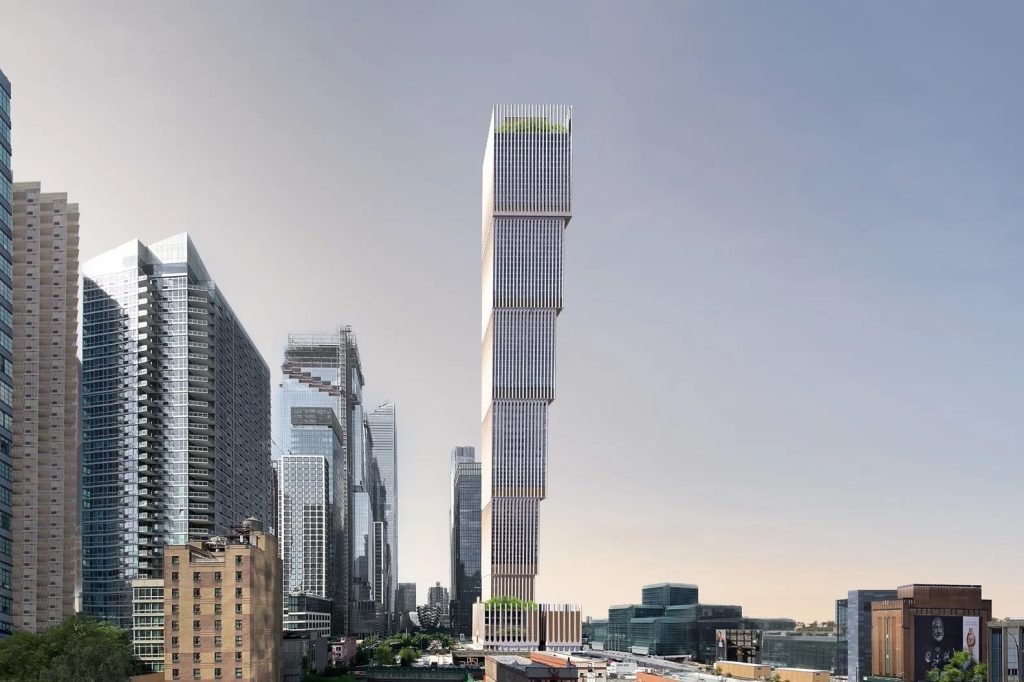
Location: New York City, United States
Height: 507m
Function: Office / Hotel
Design: Adjaye Associates
In 2021, Adjaye Associates revealed a proposal project in Manhattan’s unoccupied land. With 507 meters in height, the tower will be the tallest building in the West. Again if built, another significant remark of the project is, it will be New York City’s first majority Black developed, designed, and constructed projects.
The cantilevering high-rise structure in Manhattan between West 35th and West 36th Streets would extend through 11th Avenue as it rose. The building program includes commercial offices, two hotels, a skating rink, an observation deck, a theater, outdoor space, and a new headquarters for the Mid-Manhattan NAACP branch. The discussion conclusion has not been released in 2022, but Peebles, the developer company, suggested that housing would be wasted on the site, saying that hotels would help draw more traffic.
The design includes semi-open areas to experience the view, and unlike other skyscraper designs, the facade contains white-terrazzo material. With its mass design that expands as it rises, the building drives many people to be surprised and questioned at first glance.
8. Burj Jumeirah
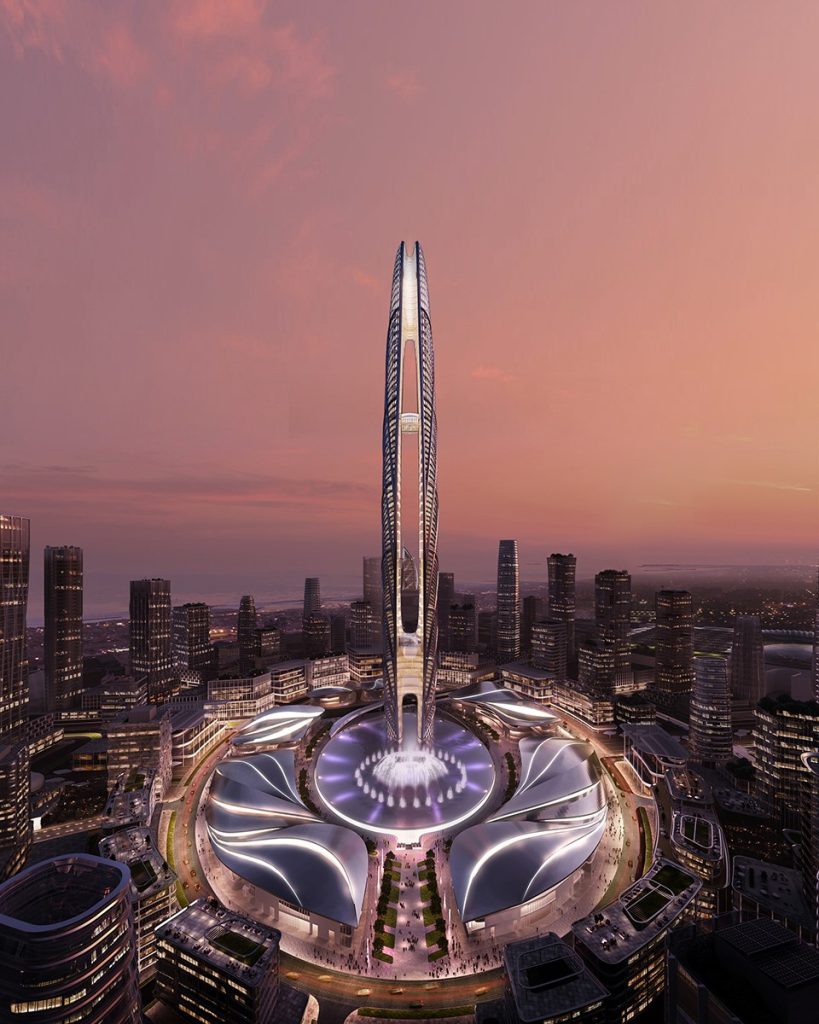
Location: Dubai, United Arab Emirates
Height: 550m
Function: Residential / Hotel
Design: Skidmore, Owings & Merrill LLP
The Burj Jumeirah Tower was ready to participate in Dubai‘s skyline. The project’s construction was planned to start in 2021 and is estimated to complete its first phase in 2023. However, the project stopped in 2022 without any progress completed.
The project aimed to be one of the focal points of Dubai with various functions. It includes observation decks, residential units, a sky lounge, a sky restaurant, a convention center, a gym, a reflecting pool, water fountains, a terraced outdoor theater, and a retail center.
Burj Jumeirah was designed using a collaborative process under the direction of SOM’s New York office, which resulted in its astounding height and distinctive, bifurcated shape. Panoramic views of the city may be enjoyed via the central void, which is made possible by a panelized metal façade system that seamlessly combines with the structural system. The tower is strengthened against lateral forces by the design of the outside bracing, while the building’s shape reduces wind loads aerodynamically. The panoramic views are made possible by the middle void, created by a panelized metal facade system that smoothly integrates with the structural system.
9. MGN Bank HQ Tower (PP85)
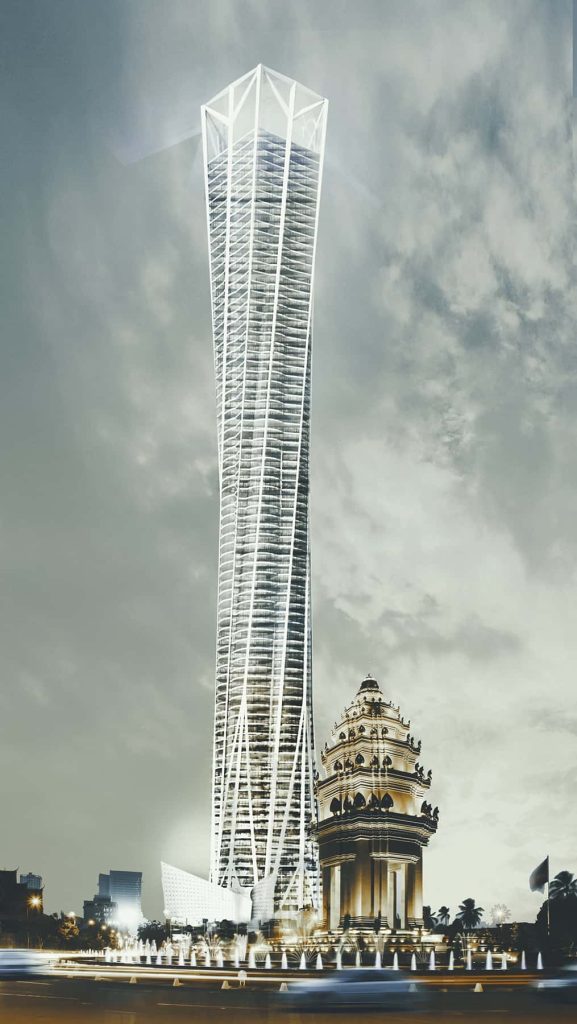
Location: Phnom Penh, Cambodia
Height: 485m
Function: Hotel / Office
Design: HAS Architecture, R.R. Architects and Consultants
MGN Bank Tower’s location is the busiest site in Phnom Penh; Nodorom Blv won the competition. The tower aims to be the focal point and icon in the city. The skyscraper would be the second building over 450m in the country.
The Ochna flower and Bayon Khmer architecture inspired the tower’s design. The flower-dress shape takes the attraction first. The form starts as a flower on the ground and smoothly turns into a star shape at the top. The flower shape is a curtain wall system encloses the structural concrete composite core and steel framing. There are openings in regular patterns on the curtain wall. These openings would allow controlling wind pressure against the tower.
MGN Tower includes commercial and cultural facilities to invite people in from the street. It aims to make citizens experience the atmosphere of a high-rise and in an activated urban environment. The project collaborates with HAS Architecture, local architects R.R. Architects, and structural engineer Knippers Helbig.
10. Jinan IFC Landmark Tower
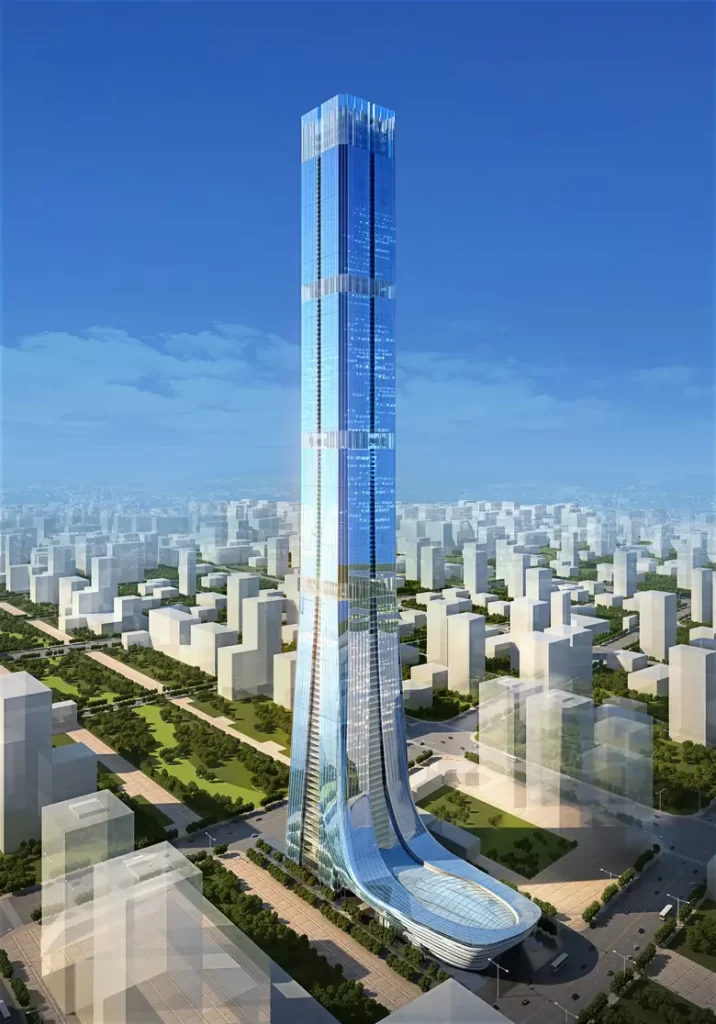
Location: Jinan, China
Height: 518m
Function: Hotel / Residential / Office
Design: Farrells
Jinan IFC Tower is known as The Evergrande International Finance Center or Hengda International Finance Center. With 518 meters it would be the second tallest building in China. Farrells designed the tower to be a landmark in the area. The building program includes an international five-star hotel, office towers, serviced apartments, and a large retail complex. The building has an inviting design with its form extending towards the green area at the ground level.
The design began with sculpted from a solid block, where multiple layers of controlled cuts result in a crystalline form that emphasizes verticality and is inspired by the distinctive geometric rock engravings of the area.
*The list was prepared via Council on Tall Buildings and Urban Habitat data.


